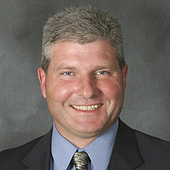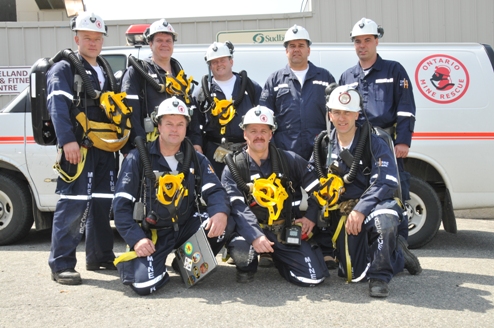The Sudbury Mining Solutions Journal gave Republic of Mining.com permission to post Dr. David Robinson’s column. This Sudbury-based magazine showcases the mining expertise of North Bay, Timmins and Sudbury. (This article was originally published last winter.)
It is Christmas in the mining industry. Rio Tinto is handing out money to Alcan shareholders. China just signed a three billion dollar iron deal with Gabon. Xstrata has a $3.1 billion takeover offer for Perth-based Jubilee mines.
Talk of a takeover by BHP Billiton in September sent Rio Tinto shares up close to 18 per cent in just over a week.
South Korea is setting up a $22 billion fund to invest in global oil and gas projects, vying with China, Japan and India for resources as prices soar.
Where is all the money coming from? In a sense, it all comes from the imagination. The entire world is looking to a global society with a rich China, a rich India, rich Eastern Europe, and maybe even a rich Africa. The value of today’s ore deposits depends on whether you think they will be needed tomorrow.


























